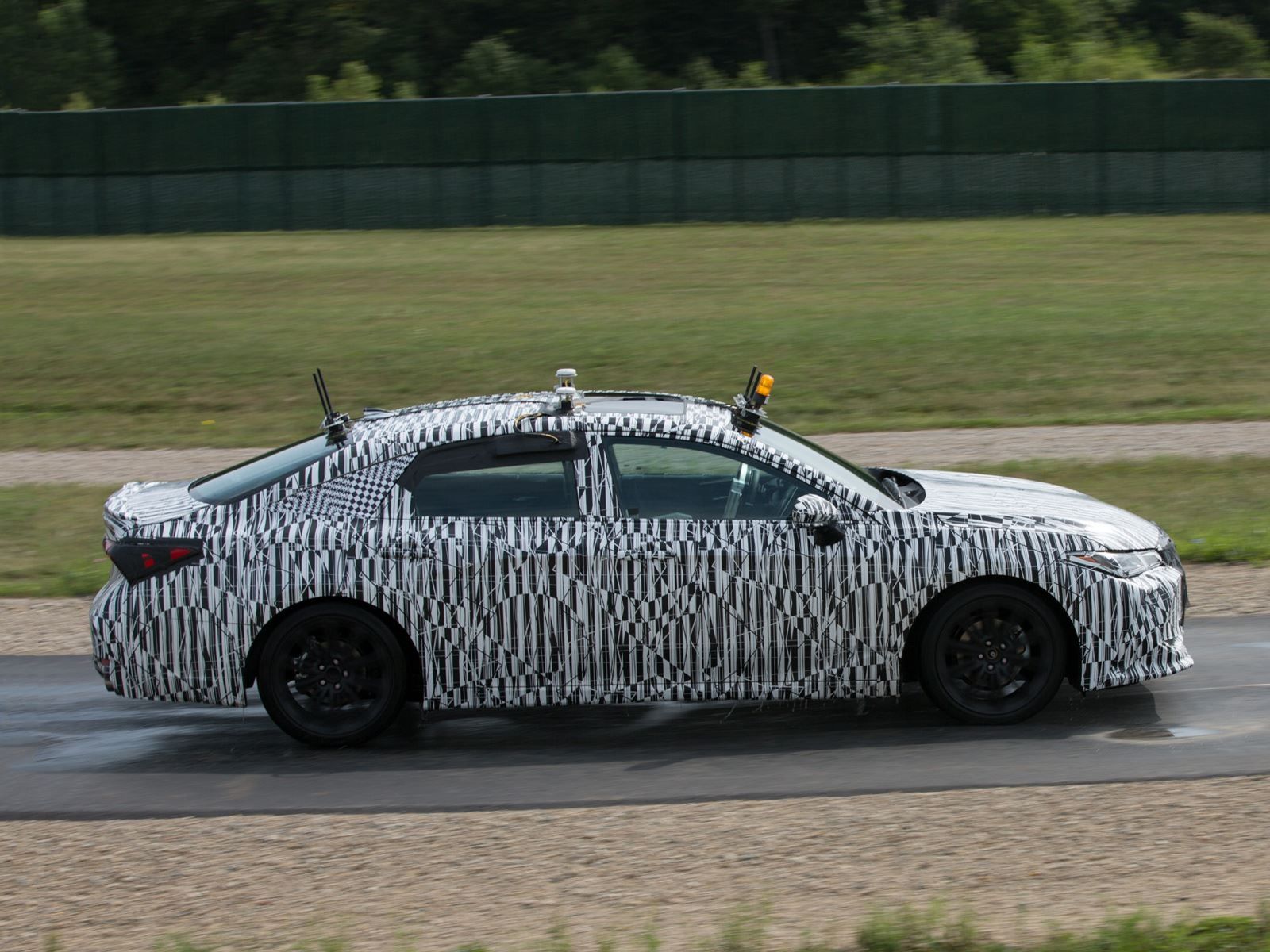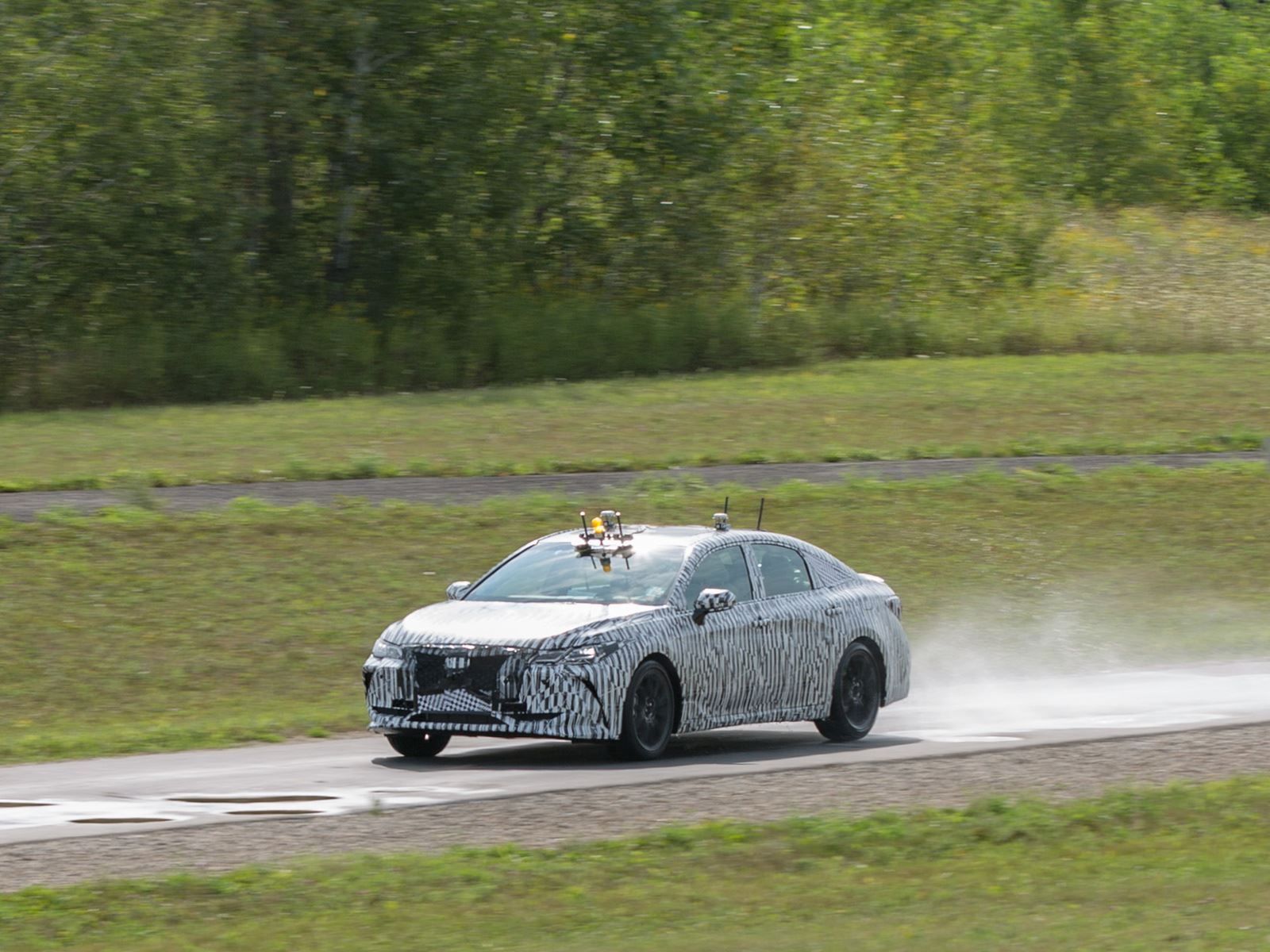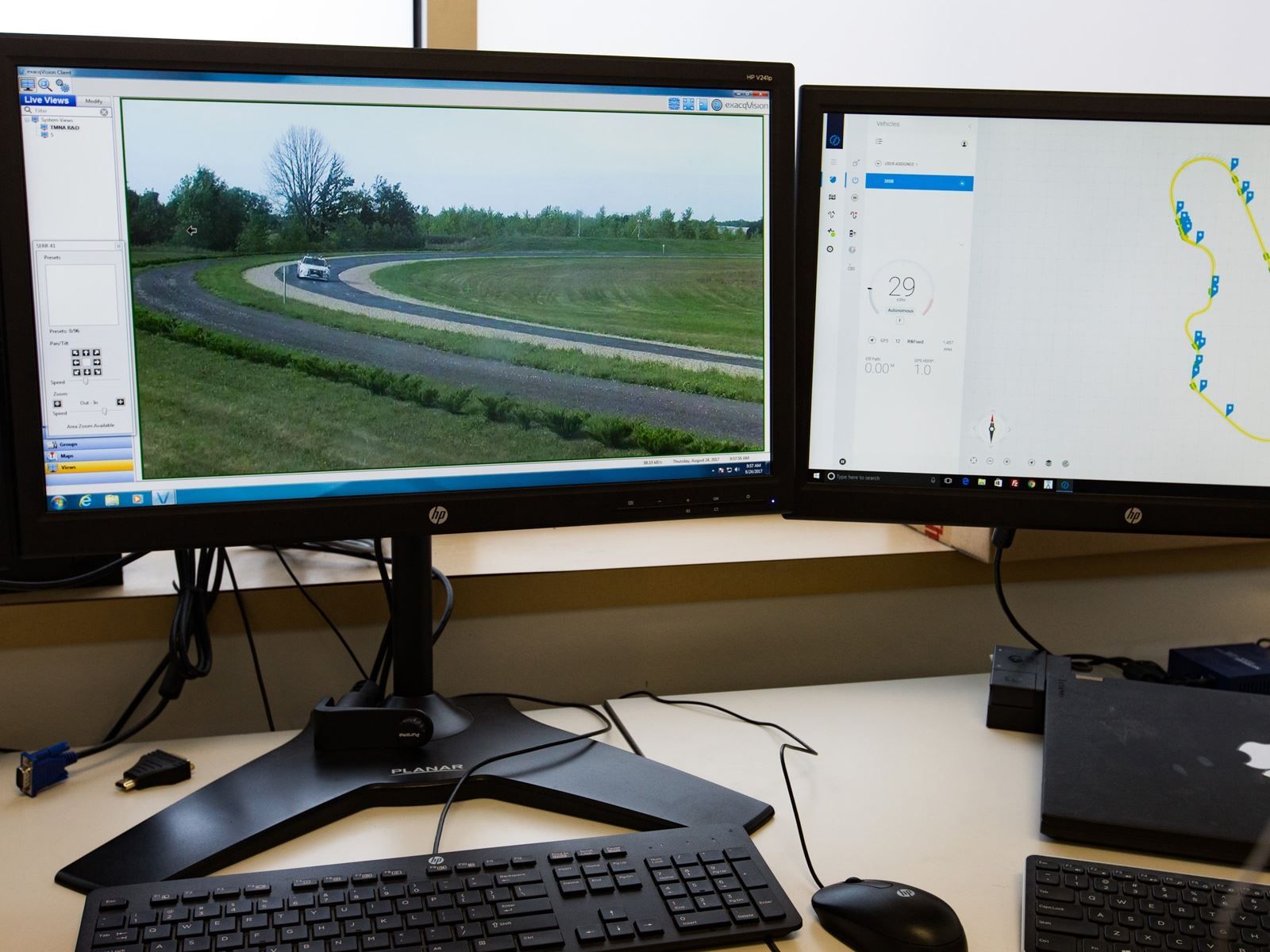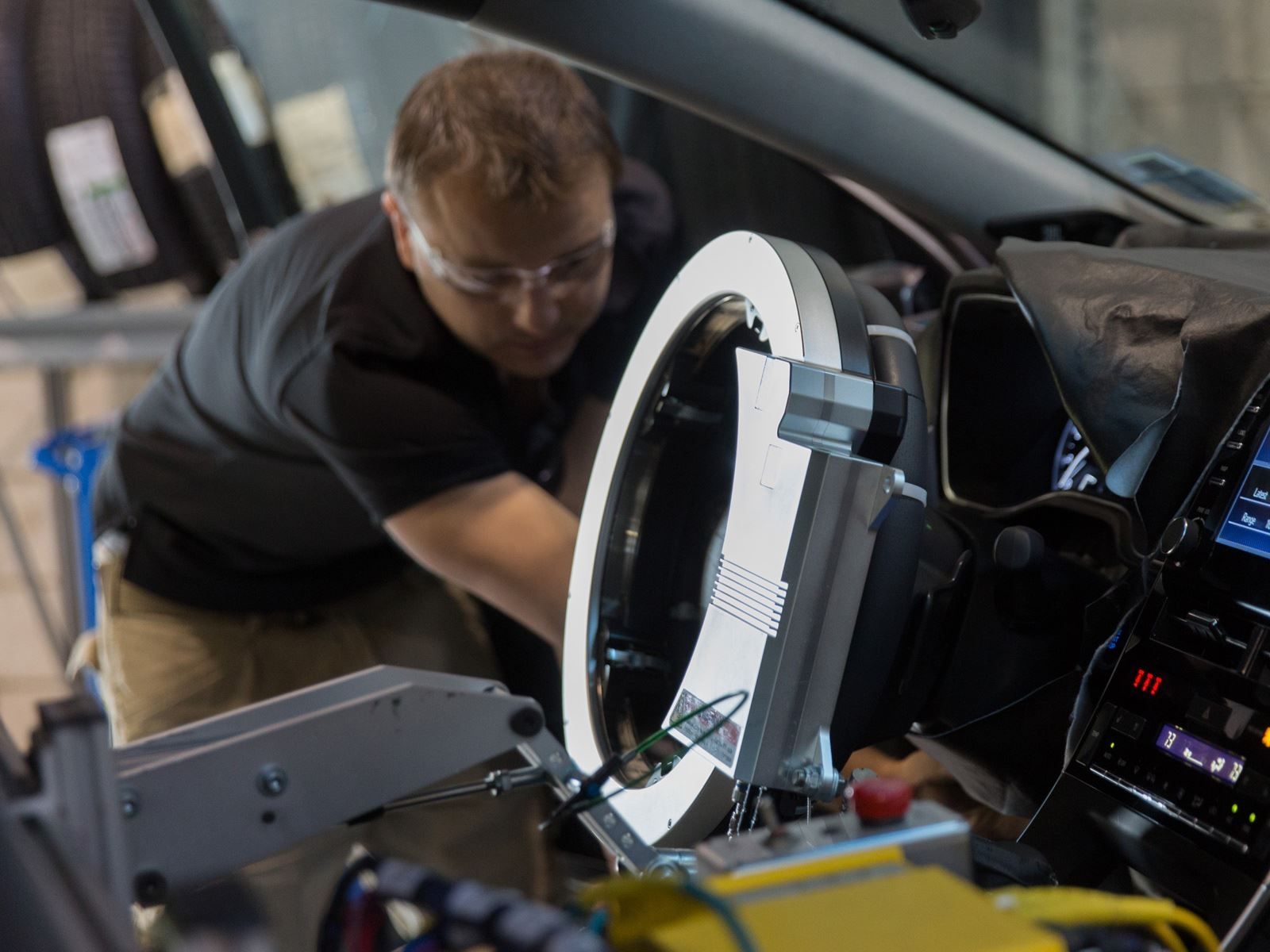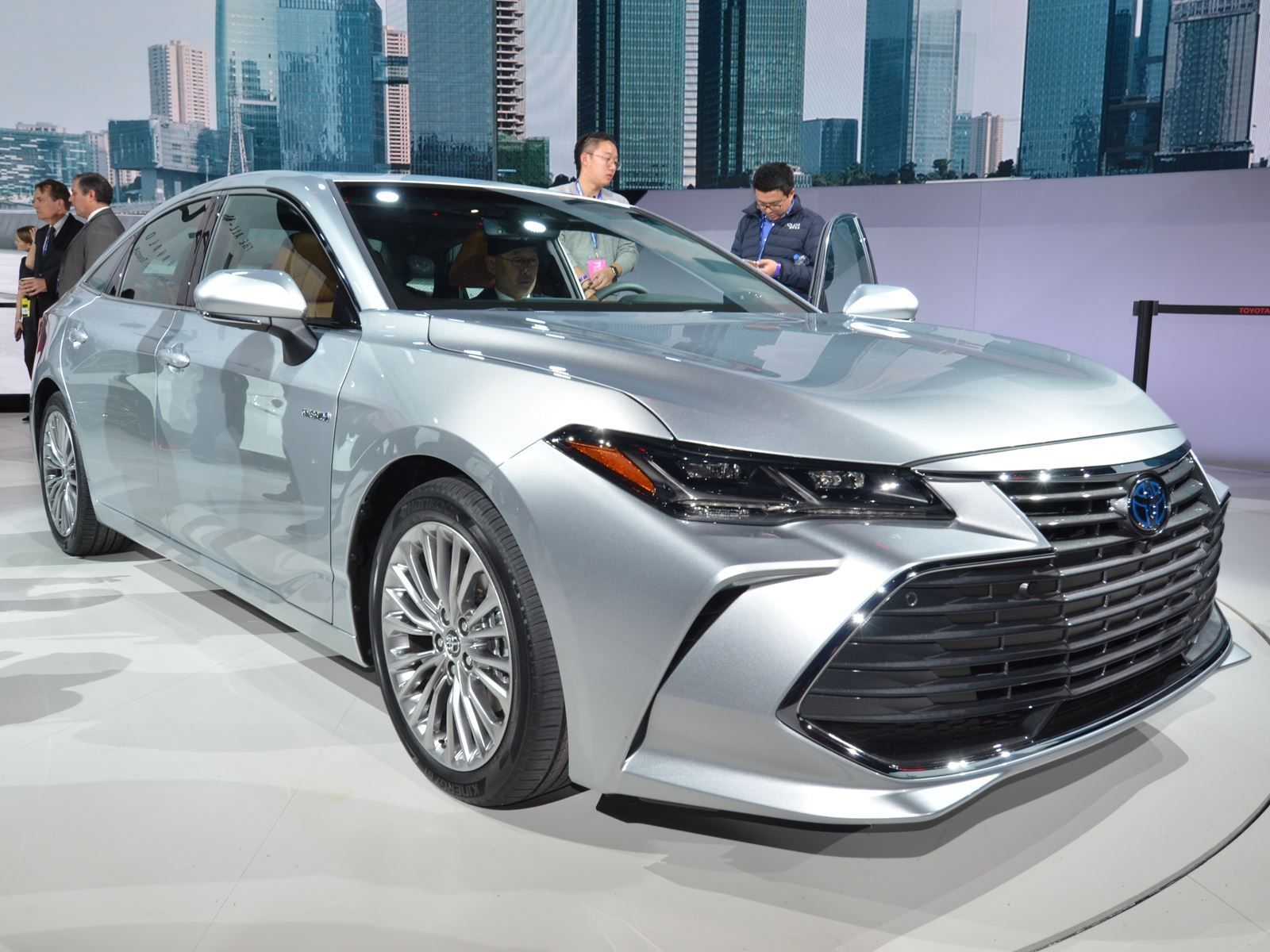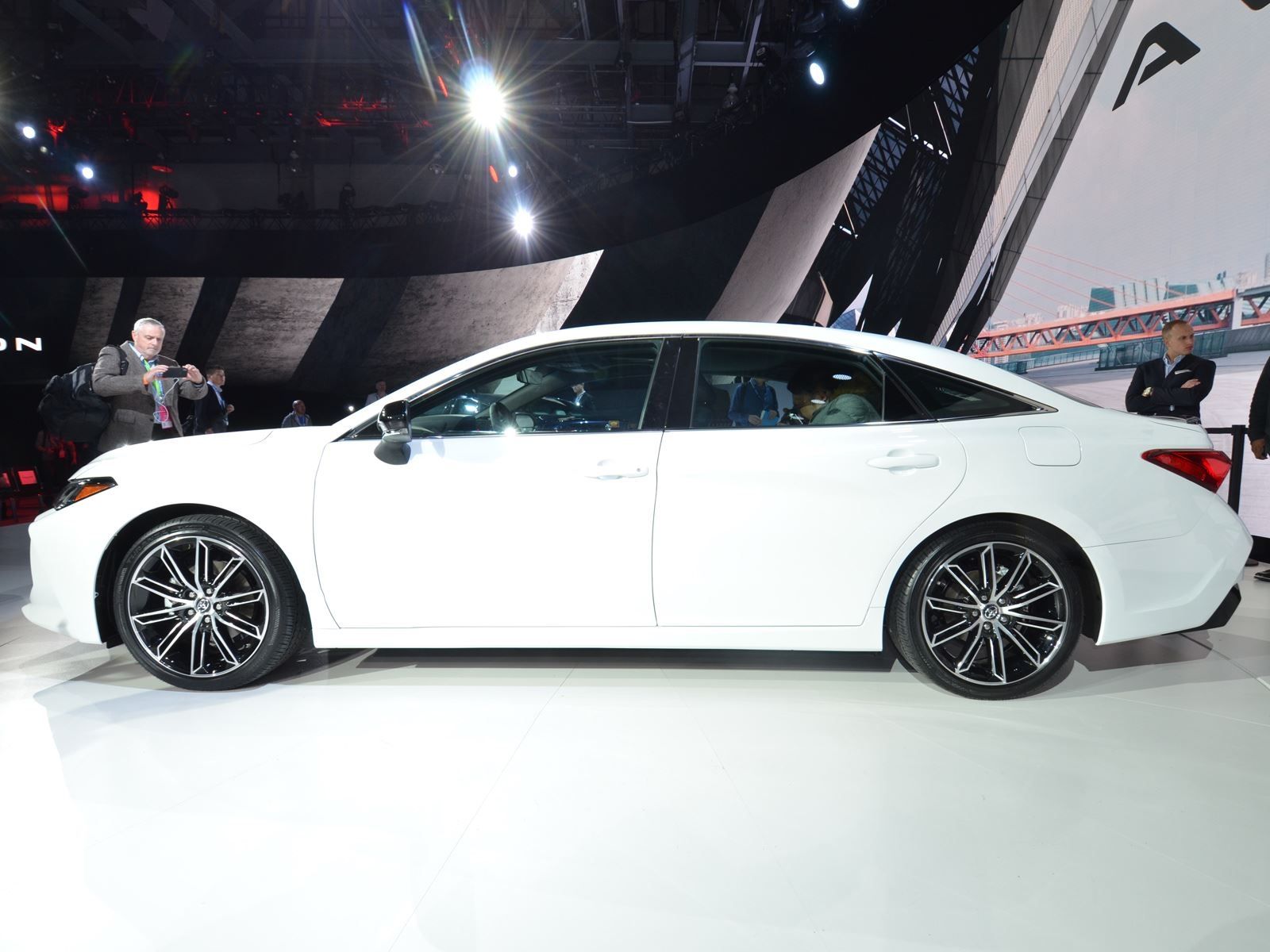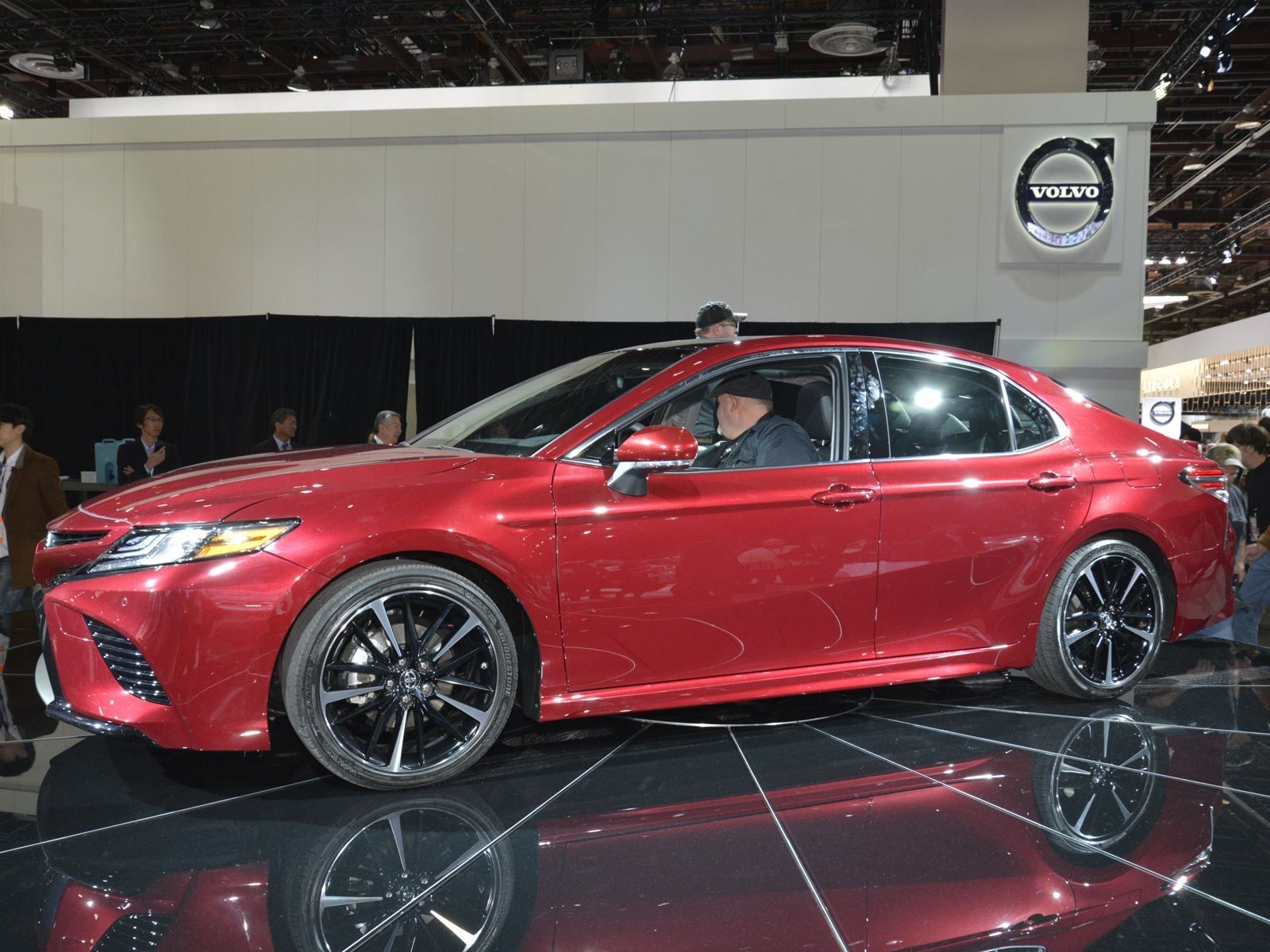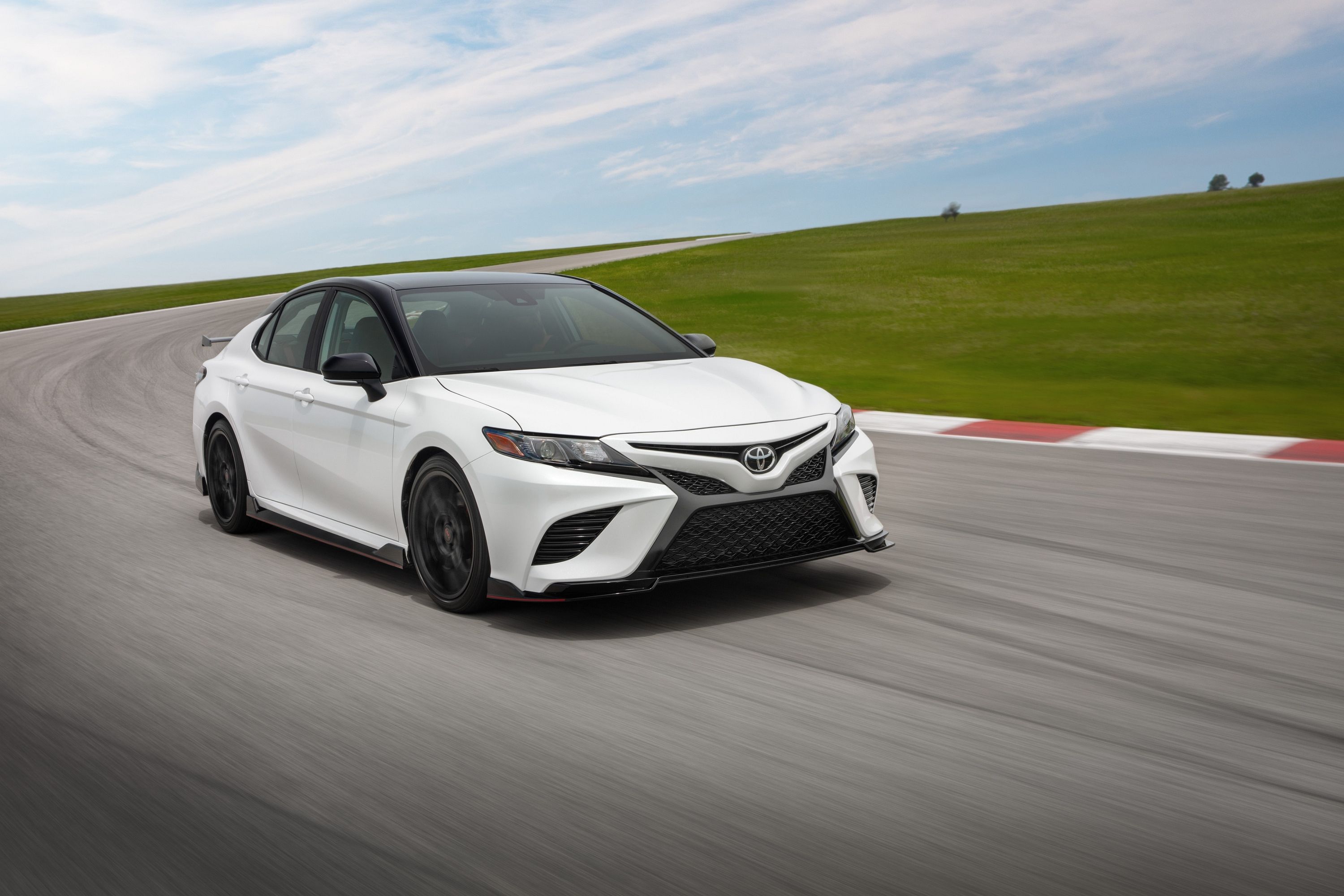
If you live or have been to many regions of the US then you're familiar with those damn potholes, courtesy of winter weather. Potholes are not only dangerous but can cause real damage to vehicles. Municipalities spend the spring, summer and autumn months repairing them, or at least they should be. Even Toyota understands just how uncomfortable potholes make a car for passengers when driving over one. That's why it figures robots ought to do the task instead.
Toyota says that, in the past, engineers and technicians were given the task to perform evaluations for pothole-filled tracks at its Michigan R&D center. Not surprisingly, those human test dummies didn't especially enjoy the assignment. Not only were these test subjects supposed to provide feedback on a vehicle's handling characteristics, but also to drive the vehicle at specific speeds over the bumpy and outright nasty course. This was done day-after-day and did not stop until the vehicle accumulated the necessary mileage. And then, one day, Toyota realized having a human being behind the wheel during this testing was not necessary. Why not use a robot instead and save future spinal cord pain?
For the just revealed Avalon and latest Camry, Toyota engineers built an automated robot to take the wheel during pothole course testing and, not surprisingly, the robot resulted in greater overall safety, efficiency and reduced test times. Toyota points out this automated robot wasn't designed for typical self-driving, but rather for testing purposes. It uses "a combination of computers, actuators, levers, other mechanicals, and a lot of engineering know-how." Toyota added that hooking up vital components such as the remote start, shift, steer and stop was a challenge, getting the test Avalon to successfully navigate the course accurately was an even bigger obstacle.
"Once we had the physical components in place, we started working on the GPS-guided path control," explained Don Federico, group manager for Toyota's VPD team. "Traditional in-car global positioning systems are accurate to about four-meters. Our system and control accuracy needed to be far greater to keep the test car on the narrow track at high speeds and to get accurate test results, especially while getting bounced around by potholes." The team also developed path control software to enable the R&D robot to drive the course with an accuracy of within just two-centimeters. For now, this pot-hole specialist robot is being tested only at the Michigan facility, but Toyota is exploring other possible ways it can be further utilized.

